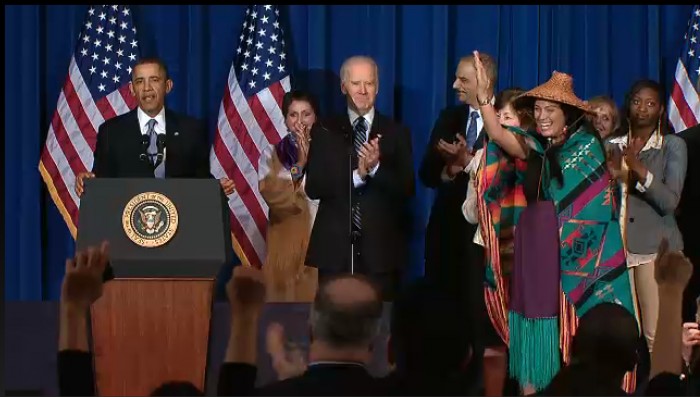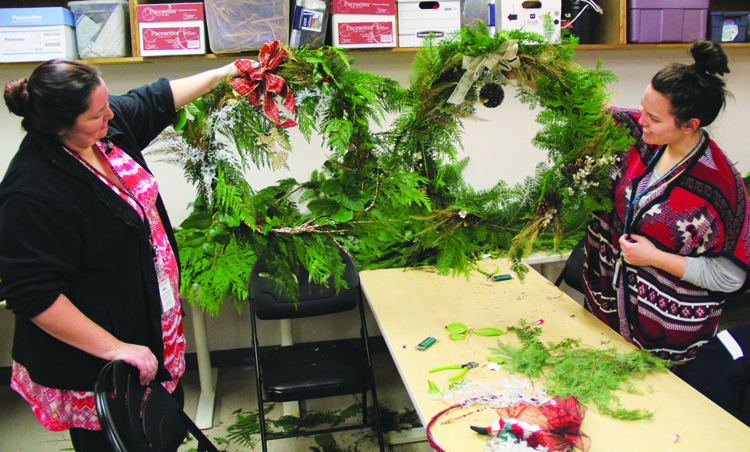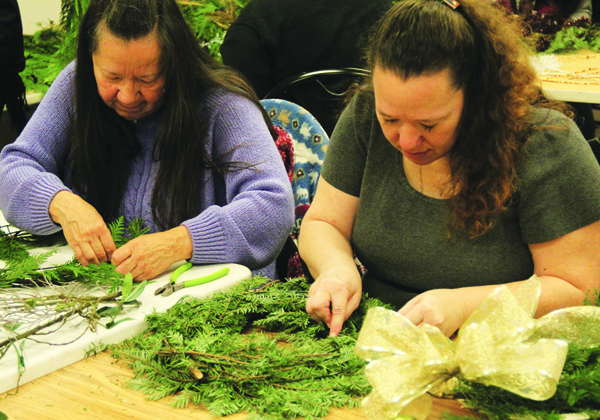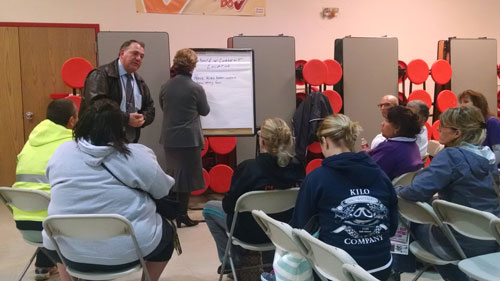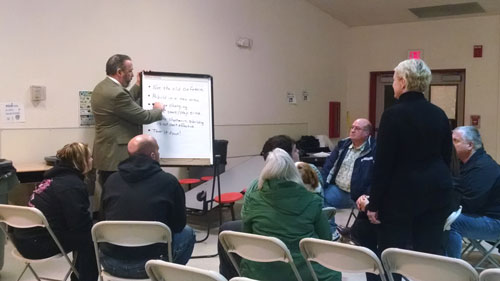By Kara Briggs Campbell, Tulalip News
When people talk about trauma recovery, they often talk about mental health counseling.
While this is important for many, there are also others ways to approach healing that are complimentary to counseling and help people to maintain balance amid painful times.
Laura van Dernoot Lipsky, founder and director of the Trauma Stewardship Institute, reminds us that trauma requires processing, or metabolizing. The trauma may be felt by a community after a senseless, horrific school shooting, or may be any of the other ways that families or individuals come to loss and grief.
Some of the questions that Lipsky asks include, “What is one’s ability to metabolize the trauma we are bearing witness to? And, if someone finds wave after wave crashing down on them, have conditions been created to help them to metabolize?”
Finding ways to cope or metabolize with trauma is important because trauma is all around us. But so are practices and techniques for processing healing from trauma and grief.
In her book “Trauma Stewardship: An Everyday Guide to Caring for Self While Caring for Others,” Lipsky helps people to think about how to cope with the cumulative impact of ongoing exposure to heartbreak.
“There are a lot of people who will say, ‘I am not open to going to counseling, for whatever reason,” Lipsky said. “There aren’t a lot of people, however, who will argue with the benefit of exercising. People have far fewer barriers to the idea of exercising than what they think of as mental health counseling.”
One of the primary things people need to know, whether they are getting counseling or pursuing an alternative-healing path, is you are not alone.
She wants to encourage people to talk with someone about what they are feeling. And f the first counselor or friend you try to talk with doesn’t feel helpful, she said, keep looking for another person with whom you can connect. You might ultimately connect with a counselor but it could also be a cultural leader, a minister, a friend, or a therapy dog.
“Find someone to connect with who can remind you that you are not alone,” Lipsky said.
The next thing she advises is to find a way to engage with your breathing. Many indigenous communities have profound breath work practices that could include singing, dancing, or paddling a canoe. Many studies have found that physical activity helps people, including children, to recover from trauma. Exercising is one of the most effective, most efficient and most accessible ways to help one’s body and spirit sustain.
“Unless you are medically advised not to, we find there is great benefit to folks elevating their heart rate and breaking a sweat,” she said. “Some people can even hearken back to their ancestors’ ways of engaging breath that allow you to metabolize everything you have experienced.”
In the United States, overall, we are part of a mainstream culture that doesn’t support one’s need to intentionally and mindfully move through your trauma and grief. As a result, many people around us are hemorrhaging unprocessed feelings.
Some signs that you’re a hemorrhaging your trauma may seem like little things. You don’t let people merge in front of you on the freeway, or you find yourself screaming at your cat, or you are sobbing at a funny movie. Often whatever you find to eat, drink or inhale that keeps you numb is merely temporarily distracting from your grief, she said.
“We know it is very, very scary to feel deeply,” Lipsky said. “It is very uncomfortable. We also know it is unsustainable to not feel.”
“One common way that we distance ourselves form our feelings is to bring something on board like caffeine, sugar, nicotine, highly processed foods, alcohol or drugs, she said. “Or you are dis-integrating your mind, body and soul in some other way. The toll of not feeling can be extraordinary.”

